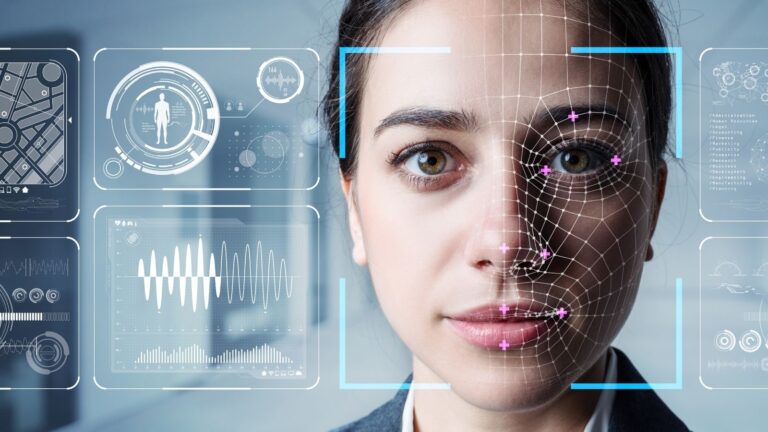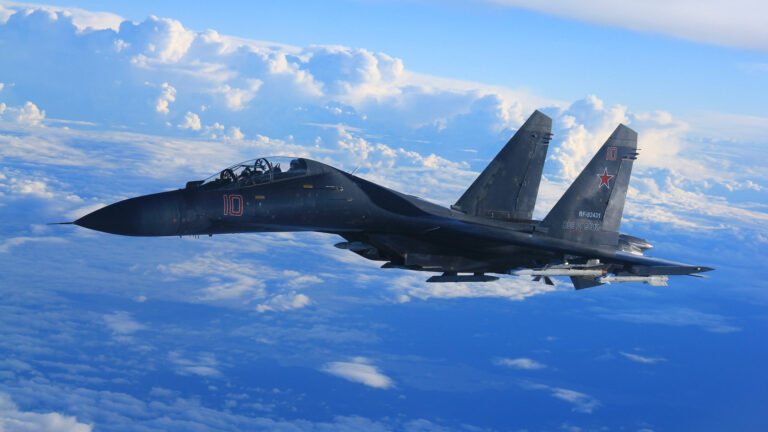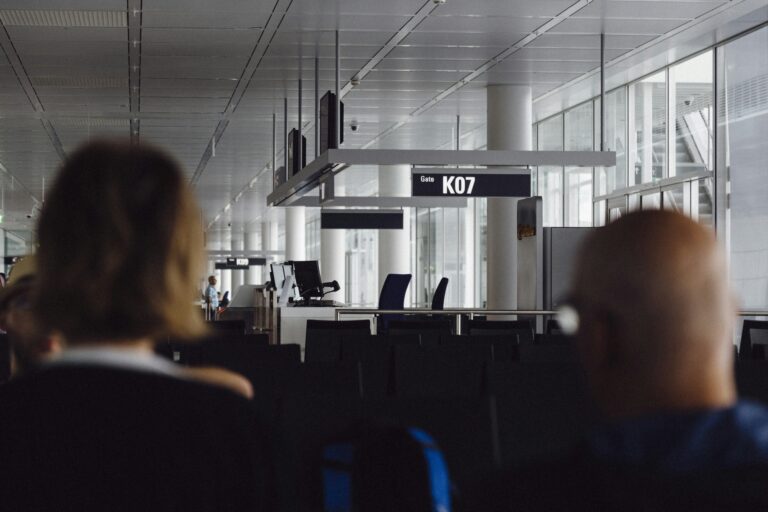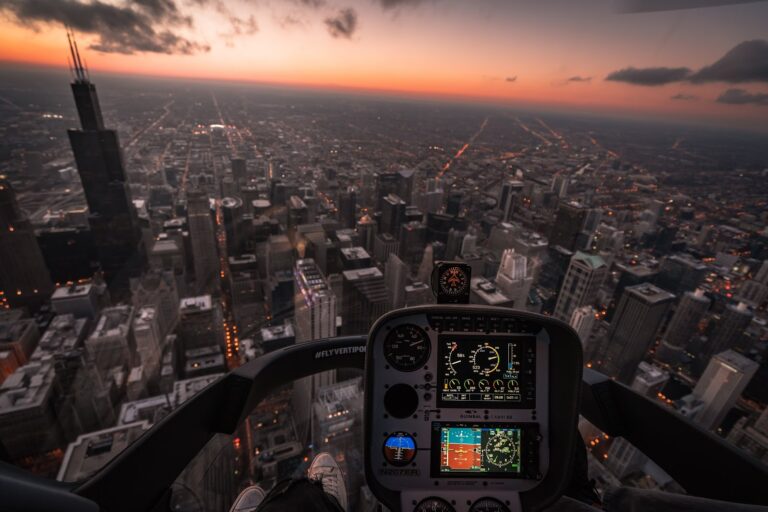Rise of the Machines: Service Robots are Transforming our Airports
Navigating an airport can often feel like a journey into the future, with sleek designs, advanced security screening, and global connectivity. Increasingly, that future includes a new cast of characters: service robots. Robots are becoming an increasingly common sight in terminals worldwide, from cleaning floors to delivering food and even performing security checks. This isn’t just science fiction; it’s a rapidly growing trend driven by technological advancements, operational needs, and evolving passenger expectations, particularly in the wake of the global pandemic.
Robots on the Ground: What are they doing?
The roles service robots play in airports are diverse and expanding. We’re seeing them deployed across various functions, aiming to enhance efficiency, safety, and the overall passenger experience.
One highly visible application is cleaning and disinfection. Driven partly by heightened hygiene awareness following COVID-19, airports like London Heathrow (LHR) have deployed robots equipped with UV-C light technology. These autonomous units can disinfect vast areas, reportedly killing up to 99.9% of pathogens on surfaces, offering passengers and staff greater peace of mind. Gerald R. Ford International Airport in the US also utilizes UV cleaning robots, highlighting a growing trend towards automated sanitation.
Security is another major area for robotic deployment. According to a report cited by Airport Technology, security applications represented the largest segment of the airport robot market as of 2021 (Youd, 2021). Examples range from the Secom Robot X2 patrolling Kansai International Airport (KIX) in Japan, using laser sensors and cameras to detect anomalies (Fortune Business Insights, 2025), to a more advanced scooter-like robot at Hamad International Airport (HIA) in Qatar. This HIA robot boasts cameras, facial recognition, sensors for detecting fake currency, and even algorithms to potentially gauge passenger stress levels through biometrics like pulse rate – capabilities that raise both interest and privacy questions.

Enhancing the passenger experience is a key driver. Airports use robots for guidance, information, and assistance. Incheon Airport (ICN) in South Korea utilizes its second-generation Airstar guide robots, featuring self-driving capabilities and AI-powered voice recognition to help travelers. Munich Airport (MUC) employs “Josie Pepper,” a humanoid robot developed by Softbank and IBM, likely for similar passenger interaction roles. In India, Delhi International Airport (DEL) saw Vistara Airlines introduce the “RADA” robot back in 2018. Even food delivery is getting automated. Philadelphia International Airport (PHL) is piloting “Gita,” a robot that carries food orders from restaurants directly to passengers waiting in lounges, offering a contactless delivery option.

Other applications include baggage handling and potentially valet parking, although specific examples for these were less detailed in the reviewed sources. The overall goal is often to automate repetitive tasks, freeing up human staff for more complex or empathetic interactions, and to streamline operations.
The Growing Market for Airport Robots
The increasing presence of these robots isn’t just anecdotal; it’s reflected in market statistics. According to Fortune Business Insights (2025), the global airport robot market was valued at USD 500.3 million in 2023. Projections estimate growth to USD 901.9 million by 2032, expanding at a compound annual growth rate (CAGR) of 6.74% during the forecast period (2024-2032). North America held the dominant market share in 2023. This growth is fueled by the development of “smart airports,” increasing air passenger traffic globally (pre-pandemic trends suggested traffic could double between 2017 and 2037, necessitating efficiency gains), and the ongoing integration of technologies like AI, machine learning, and the Internet of Things (IoT).
Weighing the Pros and Cons
The deployment of service robots in airports offers a compelling set of potential benefits but also comes with significant challenges.
On the plus side (Pros):
Efficiency Boost: Automating tasks like cleaning, patrolling, or routine information delivery can significantly speed up operations and reduce passenger waiting times.
Enhanced Hygiene and Safety: Contactless interactions and automated disinfection methods directly address health concerns, improving the perception of safety.
Improved Security: Consistent surveillance, advanced sensing capabilities (like facial recognition or thermal scanning), and tireless patrolling can potentially bolster security measures.
Better Passenger Experience: Robots can provide readily available assistance, directions, and information, potentially reducing passenger stress and improving their journey through the terminal.
Operational Consistency: Unlike humans, robots don’t tire and can perform tasks with the same level of precision 24/7.
Addressing Labor Needs: They can supplement human staff, especially for repetitive, physically demanding, or less desirable jobs.
Considerable downsides (Cons):
High Costs: The initial investment in purchasing, deploying, integrating, and maintaining sophisticated robots is substantial.
Safety and Reliability: In busy, unpredictable airport environments, the risk of malfunctions or accidents involving robots and passengers is a real concern that requires rigorous testing and safety protocols.
Job Displacement: The automation of tasks previously done by humans inevitably raises concerns about job losses for airport staff.
Privacy Concerns: Security robots with extensive surveillance capabilities (cameras, facial recognition, biometric sensors) pose significant questions about privacy and potential misuse of passenger data.
Limited Capabilities: Current robots often lack the nuanced understanding, complex problem-solving abilities, and genuine empathy that human staff provide. Many still require human supervision or assistance.
Public Acceptance: Not all passengers may be comfortable interacting with robots, and poorly designed interactions could lead to frustration rather than satisfaction. The “uncanny valley” effect, where highly human-like but imperfect robots cause unease, is also a factor.
Integration Challenges: Seamlessly integrating robots into existing airport infrastructure, IT systems, and human workflows is a complex technical and logistical hurdle.
The Robotic Future of Air Travel
Service robots are undeniably carving out a place in the airport ecosystem. Driven by the pursuit of efficiency, safety, and an improved passenger journey, their numbers and capabilities are set to grow. However, the path to fully autonomous, seamlessly integrated robotic operations is likely to be gradual. Airports and airlines must carefully weigh the significant benefits against the substantial costs and challenges, particularly concerning safety, privacy, and the impact on human employment. While we might not see terminals run entirely by robots anytime soon, expect to encounter more of these automated assistants helping out behind the scenes and interacting with passengers as you travel the world.
References
Fortune Business Insights. (2025, April 21). Airport Robots Market Size, Share & Industry Analysis, By Type (Humanoid and Non-Humanoid), By Application (Landside/Valet Parking and Terminal (Airport Security and Cleaning, Boarding Pass Scanning, Airport Baggage System, and Passenger Guidance), and Regional Forecast, 2024 – 2032 [Market Report]. Retrieved from https://www.fortunebusinessinsights.com/airport-robot-market-105867
May, S. (2020, August 12). Grand Rapids airport testing UV disinfectant tools, including robot and shoe mat. WWMT. Retrieved from https://wwmt.com/news/local/grand-rapids-airport-testing-uv-disinfectant-tools-including-robot-and-shoe-mat
Yoon, S. (2023, May 2). Incheon Airport: Delivering a world-class passenger experience. Airports Council International Asia-Pacific & Middle East. Retrieved from https://www.aci-asiapac.aero/media-centre/perspectives/incheon-airport-delivering-a-world-class-passenger-experience
Youd, F. (2021, May 4) . The robots taking over the world’s airports. Airport Technology. Retrieved from https://www.airport-technology.com/features/the-robots-taking-over-the-worlds-airports/
Pictures: AI, WWMT, asiapac.aero







